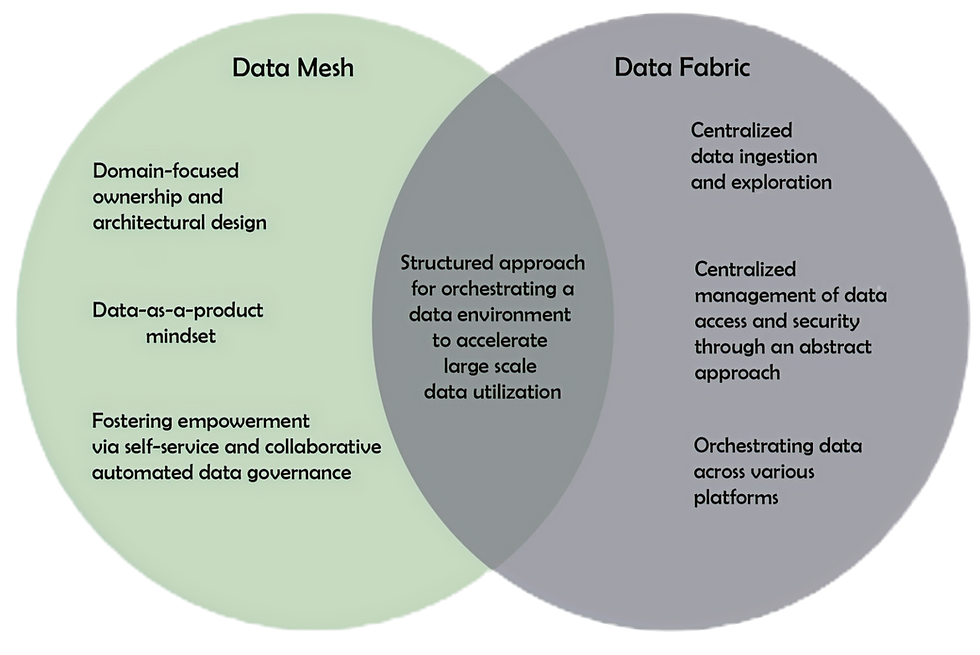Hyper-Automation: Transforming Disaster Mitigation with AI and Innovation
- Ankit Mittal
- Oct 5, 2023
- 3 min read
In a world increasingly vulnerable to the impacts of climate change and natural disasters, it has never been more vital to explore proactive strategies for minimizing their devastating effects. This is where hyper-automation takes a stand. Hyper automation, an encompassing concept that integrates cutting-edge technologies such as artificial intelligence (AI), machine learning, and more, stands poised to transform the landscape of disaster mitigation. Through the automation and augmentation of various tasks and processes, hyper-automation dramatically boosts the speed, precision, and efficiency of disaster response and recovery, thereby playing a crucial role in saving lives and minimizing the consequences of disaster. In this article, we will dive into the most critical applications of hyper-automation in disaster mitigation, with a specific focus on the pivotal role of AI in reshaping preparedness, response, and recovery efforts.
The first step of the emergency management process is preparedness.
Hyper-automation plays a pivotal role in enhancing our disaster preparedness efforts in two key ways. Firstly, AI-driven predictive analytics empower early warning systems by harnessing a wealth of data sources, encompassing meteorological data, satellite imagery, sensor networks, and historical records. The Federal Emergency Management Administration (FEMA) and other organizations incorporate Geographic Information Systems Data (GIS) which utilizes analytical mapping technology that helps them understand where hazards are located, how many people are affected, and what response is needed. AI algorithms continuously scrutinize this data to identify patterns indicative of impending disasters, enabling the issuance of timely alerts, automated response protocols, and the proactive mobilization of resources. Additionally, hyper-automation introduces Robotic Process Automation (RPA) into logistics management during disaster response. RPA robots proficiently automate tasks such as inventory oversight, supply chain coordination, and resource tracking, while also alerting authorities to low stock levels and facilitating the swift and precise allocation of vital resources. Technologies such as Blue Prism, and UiPath are the backbone of RPA’s. These technologies incorporate different ways of automating tasks, such as emulating how humans read computer screens, APIs, and more. This integration of RPA not only minimizes the risk of manual errors but also expedites response times and optimizes the distribution of critical supplies, reinforcing our readiness in times of crisis.
The second step of the process is disaster response.
Hyper-automation simplifies and optimizes the development of emergency plans through the application of AI algorithms, historical data, population density figures, infrastructure maps, and other pertinent information. The main method of using Hyper Automation for disaster mitigation is Automated Emergency Response Planning. AI algorithms can analyze historical data, population density, infrastructure maps, and other relevant information through technologies such as GIS, Internet of Things (IoT), and Drones to generate optimized evacuation plans, identify suitable shelter locations, and recommend resource allocation strategies. Autonomous Drones use technologies such as AI and GIS to assess and monitor disaster-affected areas autonomously. These drones can capture high-resolution imagery or perform LiDAR scans to assess the extent of damage to infrastructure, identify hazards, and provide real-time situational awareness to response teams. The Tennessee Department of Transportation (TDOT) launched a project to accelerate the utilization of drones for disaster preparedness, response, mitigation, and recovery due to Tennessee's likelihood of natural disasters such as tornadoes, earthquakes, and flooding. This automation significantly expedites the response process and substantially improves its overall efficiency. As a result, our ability to respond swiftly and effectively in times of disaster is greatly enhanced, ensuring the safety and well-being of affected populations.
The final step is recovery.
Intelligent Data Analysis for Post-Disaster Recovery leverages the power of hyper-automation to streamline and enhance the critical process of assessing and responding to disasters. In the aftermath of a catastrophe, such as a natural disaster or a crisis, vast amounts of data inundate decision-makers. First responders often lack crucial information about the insides of collapsed structures during disasters, hindering effective and safe rescue efforts for trapped victims. Detecting and understanding voids within these structures is vital for urban search and rescue. This study, published by the Journal of Computing in Civil Engineering, suggests a see-through technique that combines ground-penetrating radar (GPR) with interactive augmented reality (AR) to address this challenge. The study offers two main contributions: firstly, a novel method for processing GPR data to create 3D reconstructions of potential voids, including their depth and size. Secondly, the development of an interactive AR interface to help first responders visualize these 3D voids and relevant information for urban search and rescue, with promising results from simulations and pilot experiments. These insights serve as indispensable guides for informed, data-driven decisions in devising effective strategies for recovery and reconstruction, ultimately aiding communities in their journey toward resilience and rejuvenation.
Hyper-automation, fueled by AI, possesses the potential to revolutionize disaster mitigation by enhancing preparedness, response, and recovery efforts. The synergy of AI and human expertise ensures more effective disaster management while addressing potential biases and limitations. As we continue to advance in these technologies, our capacity to mitigate the impact of disasters will expand, ultimately safeguarding lives and shielding communities from harm.



Comments